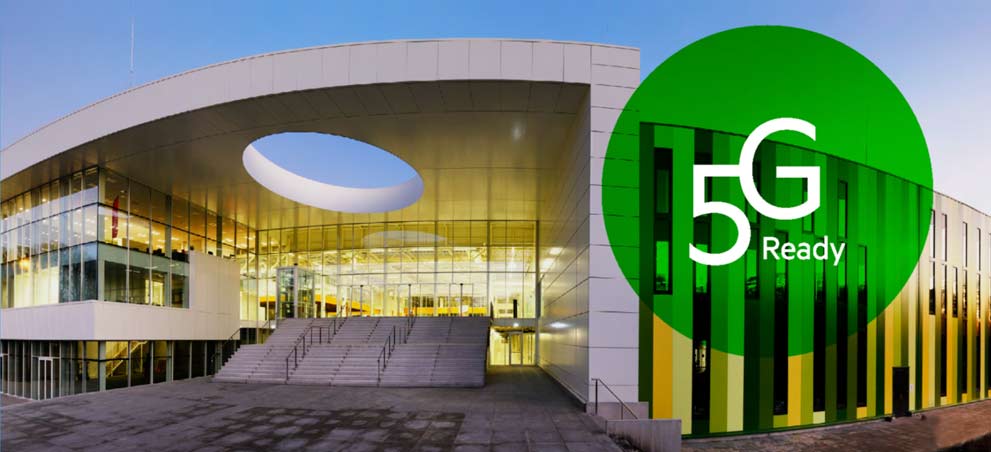“Improve your existing resources”
In a previous blog, we talked about how IoT can help in taking control. There is another step further: to optimize your processes with AIOT.
Benefits
- Better use of existing resources
- Take the right decisions at the right time
- Optimal circumstances
Better use of existing resources
Control means you have a clear overview how assets are being used. Such as:
- How long does each step in a process take?
- What are the whereabouts of my assets (trucks, cranes, forklifts, containers…)?
- What is the state of maintenance?
The next step is of course, to optimize your business.
First of all, many blogs write about total-new situations. In fact, most AIOT is needed in companies which are already established. With their inventory, processes, customers and all the responsibilities which come with them. Large investments have been made to reach the business today. And so, their processes may not be optimal, at least they work. So how to benefit from AIOT, without throwing away all these investments? And: how to be sure processes are at least working as they do know? Smart sensors help to bring the whole process at today’s level, without throwing away resources which are working fine. Besides, companies can choose to implement AIOT piecemeal.
This is especially the case when it’s about highly essential functions such as infrastructure, sluices and installations. Here, the asset is not just an asset, but a part of a total infrastructure. Downtime of such an asset has large implications for society as a whole.
Many processes are still monitored piecemeal. A further optimization is to connect systems with each other. Get 1 overview in 1 dashboard. Learn how your processes are doing, and where are the optimizations are required.
Take the right decisions at the right time
To measure is to know, to know is to be able to improve.
One most mentioned benefits of AIOT is preventive maintenance. Preventive maintenance means that something is repaired or replace, before it is breaks. Or at least, to maintain while the damage is still small. In normal situations there would be downtime, now repairs can be made scheduled. And if downtime is needed for repairs, then it can be scheduled at times the least inconvenient.
It’s already been said: to be able to schedule repairs. Take the right decisions at the right time. Besides, in the old situation, a foreman has to do his round, where he gives each machine the same attention. With AIOT, the quality of the assets can be guarded with sensors. So, at his round, a foreman can give most attention to the machines which mostly need it.
The same applies to a sector as biomedical: ‘to prevent is better then to cure’. So, help your clients and/or yourself to stay healthy. An example is fall detection. And does the elderly take his medicine?
Help your patients with therapy, to make use of knowledge from all previous patients: is therapy going on track? Also: give the patients who need it the right amount of attention. Instead of seeing all your patients with a standard scheduled time-frame, and as a consequence, give none of them enough time really. If therapy is lagging, you probably want to give those patient attentions. Is therapy going faster then expected: what are the reasons? How can this knowledge be used to improve therapy in the future? Besides, if people can do therapy and appointments at home, they don’t have to spend their precious time; where the actual time needed for treatment is shorter then the time spent on travelling and waiting.
Optimal circumstances
Sensors can guard that product are made or kept in optimal circumstances. E.g., if cutting parts of a machine are still sharp enough, and in their right precision. Or guard the temperature of cooling or keep an eye on the indoor air quality. This may also make guarantees possible, and thus creating added value to your products or service.

